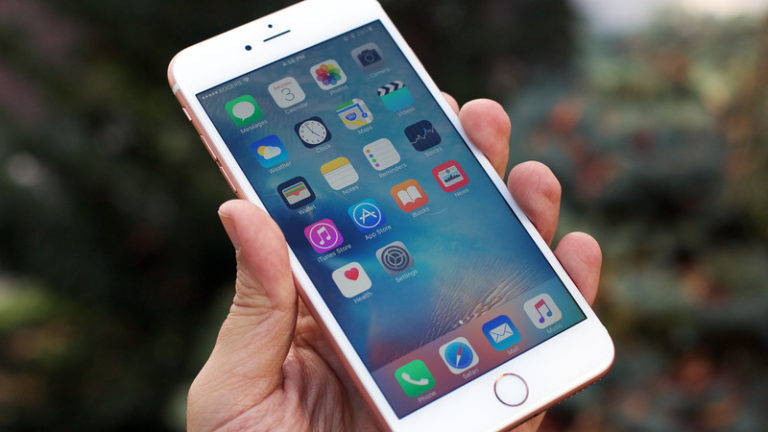
When your phone starts running low on storage, it panics and sends alerts like, “Low storage space! Some system features may not work!” To avoid these scary messages and enjoy all the benefits of your phone, including taking pictures or gambling at Slotsgem, you should clean and optimize your phone’s memory regularly.
Let’s explore how to clean up your Android or iOS device and speed up its performance.
Types of Memory in Your Phone
There are 3 types of memory:
- RAM (Random Access Memory): The more RAM your phone has, the better it performs. Modern phones come with 4 to 12 GB of RAM. 6-8 GB is enough for smooth multitasking, gaming, and app switching.
- Internal Storage: This is where all your data—photos, files, apps, and system data—is stored. Internal storage ranges from 4 GB to 1 TB, with 128–256 GB being optimal for most users.
- Expandable Storage: This refers to memory cards (like microSDHC or microSD) that can increase your phone’s storage capacity. These cards can hold up to 1 TB, depending on your phone’s model.
What Happens When Your Phone Runs Out of Memory?
If you don’t clean up your phone’s RAM and internal storage, you’ll face:
- Slow Performance: Apps will take longer to open, and multitasking will become impossible.
- Frequent Crashes: Even if you don’t create new files, system junk from apps will clog your memory, causing your phone to freeze.
- No Space for New Files: You won’t be able to save memes or take photos of that adorable sleeping dog.
- Overheating: While low memory isn’t the main cause, modern phones tend to heat up during heavy use.
How to Check Memory Status on Android and iOS
If your phone is critically low on memory, it will notify you to clean it up.
For Android:
- Go to Settings.
- Tap “About Phone.”
- Check the memory details.
For iOS:
- Go to Settings.
- Tap “General.”
- Select “iPhone Storage” to see memory usage.
How to Free Up RAM on Your Phone
For Android:
- Restart your phone to close background processes and clear app cache.
- Use the “Security” app > Tap “Optimize” > Select “Boost” to close all apps and background processes.
For iPhone:
- Restart your phone.
- On iPhone 12 and newer: Go to Settings > Accessibility > Touch > Enable AssistiveTouch > Press and hold the virtual Home button.
- On iPhone X to 11: Go to Settings > General > Accessibility > Enable AssistiveTouch > Quick Commands > Press Volume Up, Volume Down, and Power buttons > Hold the virtual Home button.
- On older iPhones with a physical Home button: Unlock your phone > Press and hold the Home button > Tap “Clear.”
How to Free Up Internal Storage
- Delete Files from Messaging Apps: Apps like WhatsApp and Viber automatically save photos and videos. Delete them from your gallery or file manager.
- Clear App Cache:
- On iPhone: Go to Settings > General > iPhone Storage > Clear cache for specific apps.
- On Android: Go to Settings > Apps > Select “All Apps” > Clear cache.
- Clear Browser Cache:
- On iPhone: Go to Settings > Safari > Clear History and Website Data.
- On Android: Open Chrome > Tap the three dots > Select “Clear Browsing Data.”
- Clean Up Your Gallery and Trash: Delete unnecessary photos, videos, and duplicates. Don’t forget to empty the trash bin, where deleted files stay for 30 days.
- Remove Unused Apps: Apps you rarely use take up both internal and RAM space. Deleting them can speed up your phone.
- Delete Unnecessary Files and Documents: Clear out old PDFs, presentations, and other files stored in your documents folder.
- Factory Reset Your Phone: If nothing else works, reset your phone to its factory settings. This will erase all data and apps, returning your phone to its original state.
- On Android: Go to Settings > About Phone or System > Reset > Erase All Data.
- On iPhone: Go to Settings > General > Transfer or Reset iPhone > Erase All Content and Settings.
Folders You Should Never Delete
Neither Android nor iOS will let you delete critical system files. If you somehow manage to delete them (e.g., due to a virus), apps may become unstable, but nothing catastrophic will happen.
How to Protect Your Data While Cleaning Your Phone
Use built-in system tools for cleaning and avoid third-party apps that promise quick fixes. These apps often come with ads that clog your phone further and may introduce viruses.
How to Optimize Your Phone’s Memory
- Use Lite Versions of Apps: Lite apps take up less space and use fewer resources. For example, Pinterest Lite is 1.6 MB, while the full version is 133 MB.
- Use Cloud Storage: Services like iCloud, Google Drive, or Dropbox let you store files online and free up phone space.
- Set File Expiration Dates: Some apps, like messaging apps, can automatically delete files after a set period.
- Turn Off Auto-Updates: New app versions often take up more space. Manually update apps only when needed.
- Offload Apps (iOS Only): Go to Settings > App Store > Enable “Offload Unused Apps.” This removes apps you rarely use but keeps their data and icons.
- Use a Memory Card: Expand your storage with a microSD card (up to 1 TB, depending on your phone).
How Often Should You Clean Your Phone?
Clean your phone as soon as you notice storage filling up. Focus on the most cluttered areas:
- Messaging Apps: Delete spam and unnecessary files or enable auto-delete.
- Browsers: Close unused tabs and clear cache regularly.
- Gallery: Delete unwanted photos and videos, and empty the trash bin.
By cleaning these areas regularly, you’ll keep your phone running smoothly.

